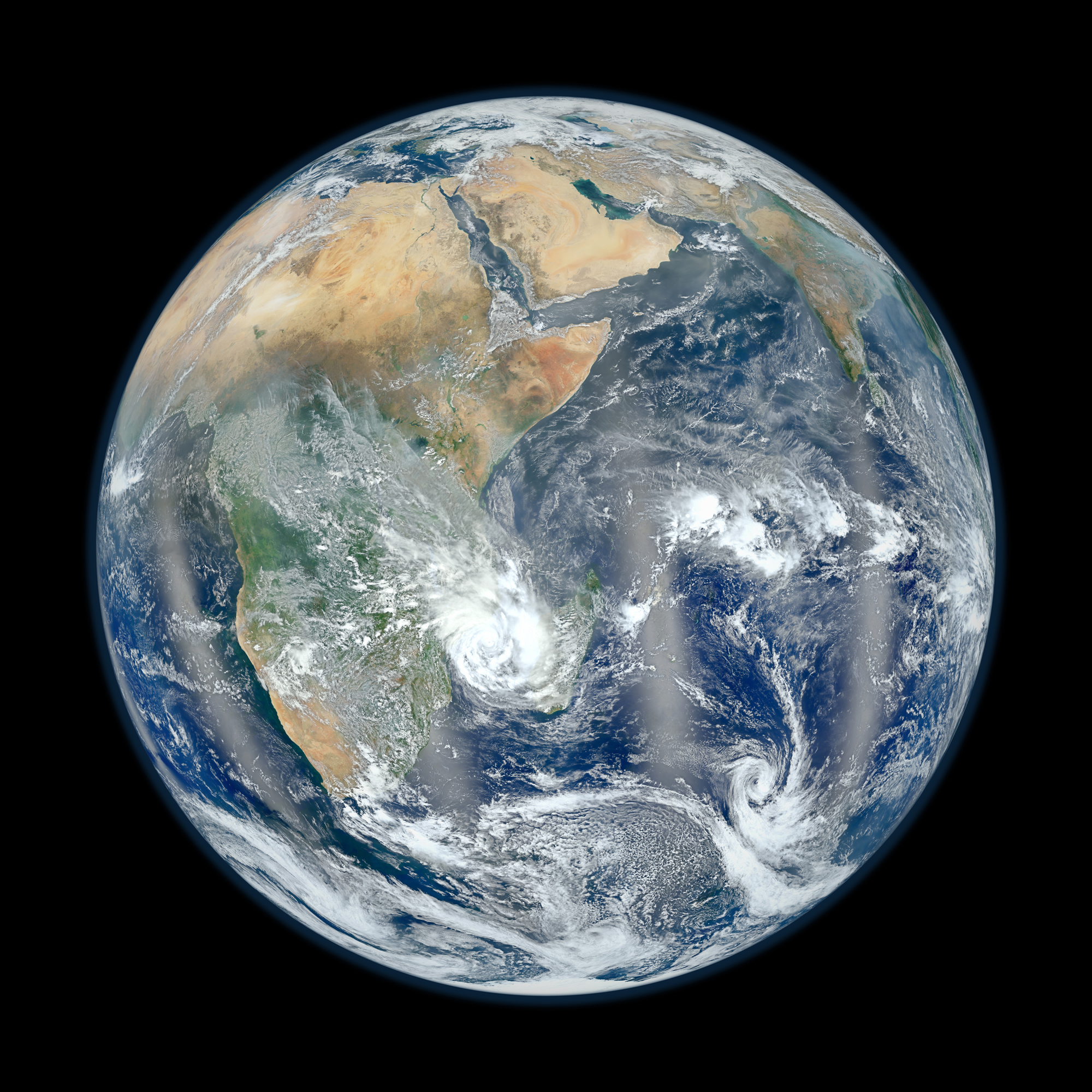It's Official: 2012 Smashes Record for Warmest Year in US

With weather records last year out the wazoo, it's perhaps no surprise that 2012 has been officially named the warmest year on record in the contiguous United States, the National Oceanic and Atmospheric Administration (NOAA) announced today (Jan. 8).
In November, when temperature trends showed October to be the fifth warmest across the globe since record keeping began in the 1880s, climate scientists voiced their bets: They said it was 90 percent likely that 2012 would become the warmest year on record for the lower 48, which excludes Alaska and Hawaii.
The average temperature for 2012 for these states was 55.3 degrees Fahrenheit (12.9 degrees Celsius), or 3.2 degrees F (1.8 degrees C) above the 20th-century average, and 1.0 degree F (0.56 degree C) above 1998, the previous warmest year.
Every contiguous U.S. state had an above-average annual temperature for 2012, with 19 states boasting a record warm year and an additional 26 states experiencing one of their 10 warmest in 2012, NOAA's National Climate Data Center (NCDC) reported.
As for what's behind the warming trends, "It's a combination of longer-term trends and local effects or regional effects like the drought," NCDC climatologist Jake Crouch told LiveScience in November.
Crouch echoed those remarks in a call with reporters today. He said it's hard to say how much of the 2012 temperature increase can be pinned on climate change and how much can be attributed to local variability. Regardless, the data fits in with an overall warming pattern.
"The contiguous U.S. temperature is increasing," Crouch said. "Going into the future we would expect warmer years."
Sign up for the Live Science daily newsletter now
Get the world’s most fascinating discoveries delivered straight to your inbox.
And along with rising temperatures, the United States can also expect more extreme events, said Deke Arndt, chief of the climate monitoring branch at NCDC. He told reporters that the NCDC expects to see a continued trend in big heat events and big rain events in the future.
Last year also was second only to 1998 in terms of extreme climate, as measured by U.S. Climate Extremes Index, which takes into account factors like high temperatures, dry spells and rainy periods. The historic ranking for 2012 was driven mostly by warm daytime maximum temperatures, warm nighttime maximum temperatures as well as the footprint of the drought that swept much of the country, NCDC officials said.
The widespread drought conditions of 2012 maxed out in July, with about 61 percent of the country experiencing such conditions; this dry footprint was roughly equivalent to that of the 1950s when 60 percent of the country showed drought conditions. Even so, the current drought hasn't reached the intensity or duration of the 1950s and 1930s national-scale droughts, the NCDC reports.
NOAA named Hurricane Sandy its top weather event of 2012, ahead of the drought and the record-setting heat. Climate scientists typically caution that it's tricky to link single events like big storms, which develop over days, to global warming, which evolves over decades. But destruction caused by Sandy was likely worse than it would have been 100 years ago. The storm, he said, "was operating on an ocean several inches higher than it was in the early 20th century. That surely impacted storm surges along the coast."
Follow LiveScience on Twitter @livescience. We're also on Facebook & Google+.










